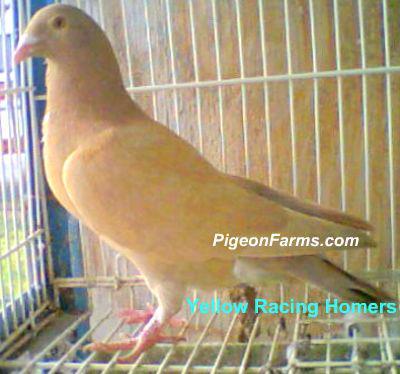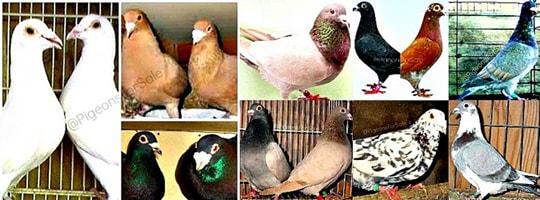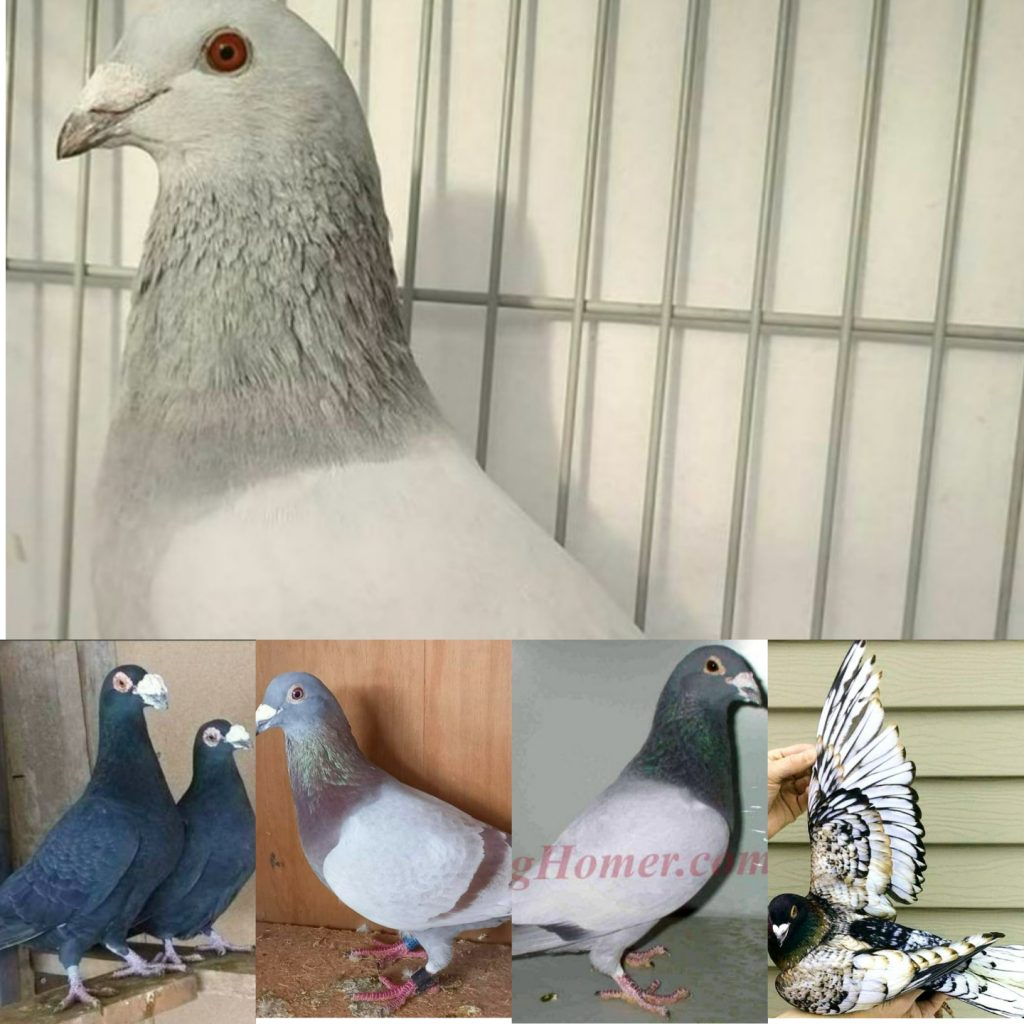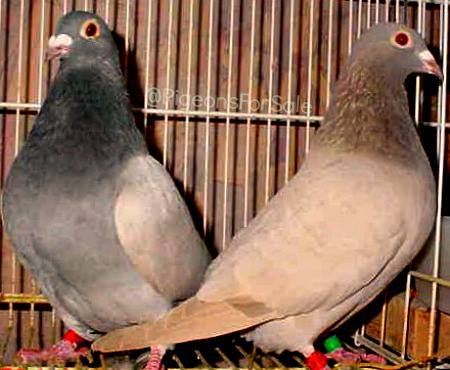Racing Homer Pigeons
Pigeon racing is the sport of releasing specially trained racing pigeons, which then return to their homes over a carefully measured distance. The time it takes the 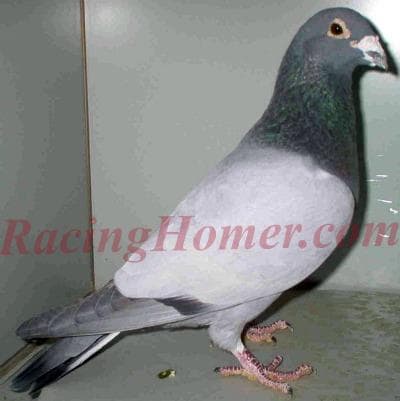
Pigeon racing requires a specific breed of pigeon bred for the sport, the Racing Homer. Competing pigeons are specially trained and conditioned for races that vary in distance from approximately 100 kilometres (62 mi) to 1,000 kilometres (620 mi). Despite these lengths, races can be won and lost by seconds, so many different timing and measuring devices have been developed. The traditional timing method involves rubber rings being placed into a specially designed clock, whereas a newer development uses RFID tags to record arrival time.
While there is no definite proof, there are compelling reasons to think the sport of racing pigeons may go back at least as far as 220 AD. The sport achieved a great deal of popularity in Belgium in the mid-19th century. The pigeon fanciers of Belgium were so taken with the hobby that they began to develop pigeons specially cultivated for fast flight and long endurance called Voyageurs. From Belgium the modern version of the sport and the Voyageurs which the Flemish fanciers developed spread to most parts of the world. Once quite popular, the sport has experienced a downturn in participants in some parts of the world in recent years, possibly due to the rising cost of living, ageing fanciers, and a severe lack of public interest. Hypersensitivity pneumonitis is also a reason why some people are leaving the sport.
One recent development in the sport of pigeon racing is “one loft racing”, where birds are raced against each other under the same training regime, from the same location.The principle being to find the best individual race bird irrespective of the race trainer. This will determine which bird is then the most successful.
History of racing Homer Pigeons
Pigeons are the oldest domesticated bird. The predecessors of modern-day racing pigeons were pigeons bred for their homing ability, primarily to carry messages. 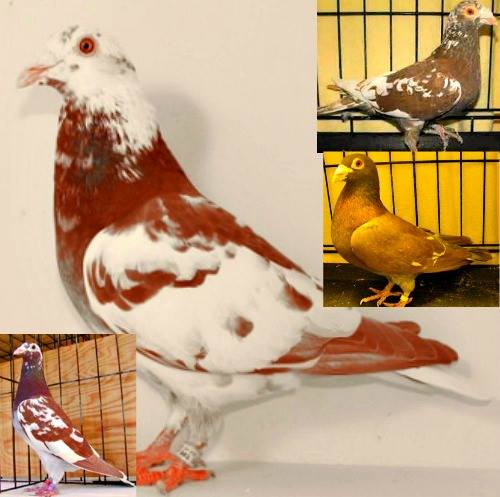
The sport was aided by several new technologies of the era. The advent of the railroad permitted pigeons to be sent to distant release points quickly and at modest cost. In addition the creation of mass-produced, sophisticated timing clocks brought accurate and secure timing to the sport. These clocks were designed with special compartments where an entry band, removed from the returning race bird was placed. When struck, the clock recorded the time and also placed the band in a compartment that could only be opened by race officials.
The importance of homing pigeons in the centuries before electronic communications, such as the telegraph and telephone, is seldom recognized. However the Reuters News Agency, the world’s largest information provider, began as a pigeon service carrying closing stock prices between Belgium and Germany, basically between the western and eastern terminus of the telegraph in Europe. Also the use of homing pigeons by financier Nathan Rothschild to gain advance news of Napoleon’s unexpected defeat at Waterloo is thought to have led to a fortune being made in the bond market of the day.
Racing
Pigeon racing has been described as a “sport with a single starting gate and a thousand finish lines.” In short, competing birds are taken from their lofts and must 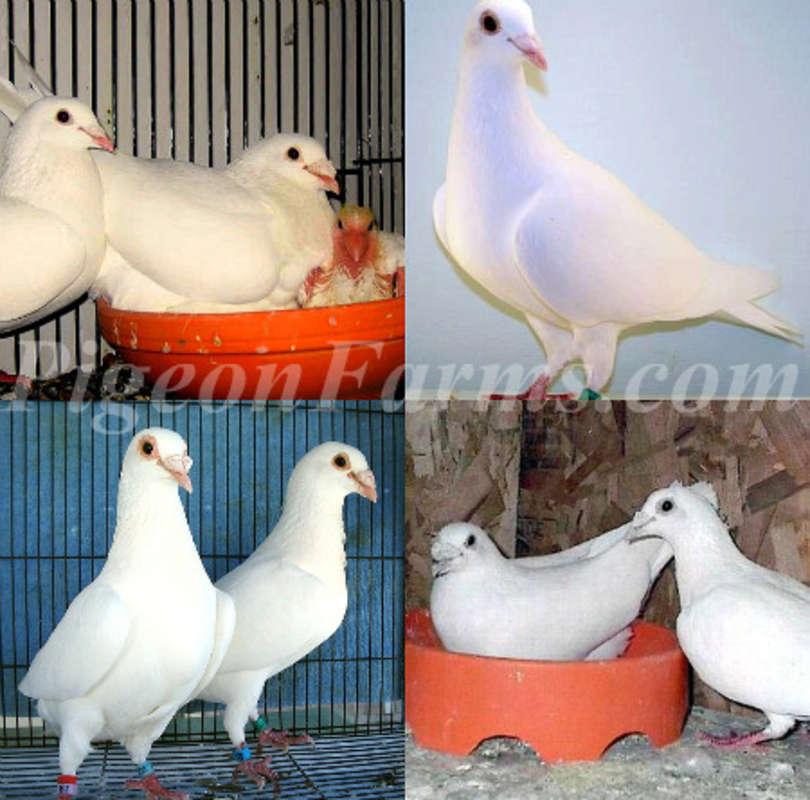
Provided it survives the many hazards associated with racing, a single pigeon could compete from about six months of age and still be in competition at over ten years of age. Such feats are uncommon, however, and the average racing career rarely exceeds three years. Hazards can also come from weather conditions on the day of the race. Pigeons can become grounded and disoriented, and therefore not finish the race. In one instance in Madison, Wisconsin, in 1941, a family found a pigeon on their property. Since the bird was sporting an identifying leg band, the Wisconsin Conservation Commission was called, who identified the owner as a man from Green Bay.
In the early days of racing, paint was used to identify birds for owners. Belgium then developed a 1/8 inch brass leg band, that was sent to racers in America to use. Since then, to compete in a race, it must wear a permanent, unique numbered ring or band that is placed on its leg at about five days old. For a race to be conducted, the competing pigeons must be entered into the race, usually at the organisation’s clubhouse, and taken away from their home to be released at a predetermined time and location. The distance between the bird’s home loft and the racepoint is carefully measured by GPS and the time taken by the bird to return is measured using one of the two acceptable timing methods. Sometimes in some leagues there are two divisions: one for the young birds (usually yearlings in their first year of competition) and another for older birds.
Traditional timing method
The traditional method of timing racing pigeons involves rubber rings with unique identification numbers and a specially designed pigeon racing clock. The ring is attached around the bird’s leg before being sent to race. The serial number is 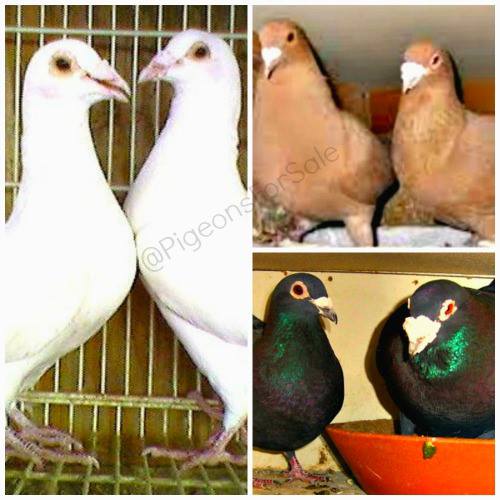
Although serving its purpose, this method has proved somewhat problematic for a few reasons:
- The pigeon’s “official time” is not the actual time it arrived, it is the time the ring was removed, placed in the clock and recorded, which could be many vital seconds later.
- Exceptional pigeons may arrive home first on multiple occasions; knowing it is going to have the ring removed speedily, which may be uncomfortable, the pigeon could be reluctant to enter the loft for the trainer.
Electronic timing method
The latest development and preferred method for timing racing pigeons is the Electronic Timing System. The bird’s arrival is recorded automatically. When using an electronic system, the pigeon fancier does not even have to be at the loft to 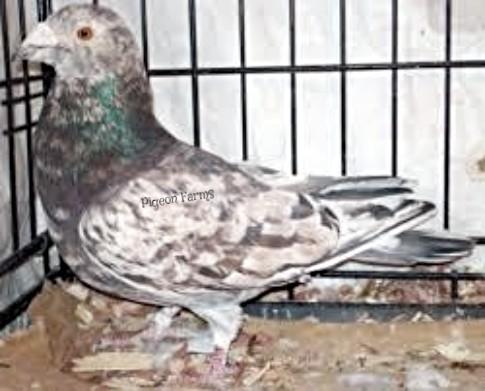
In February 2008 the members of the Penygraog Homing Society Racing Pigeon Club in Wales won an award to fund a new electronic timing device. The club was able to obtain the device thanks to funding from the All Wales award initiative. Club secretary John Williams said: “The electronic timer certainly makes it a lot easier for us”.
With the advent of electronic timing system recording birds’ arrival has never been easier. The ETS technology is developing year on year and it is taking over pigeon world, changing it and making it fit for today’s conditions. As a result of this new way of registering a bird’s arrival, several loft management software have been created in the last 10 years to help fanciers with record keeping, pigeon pedigree, publishing race results or keep track of treatment and vaccination records.
One-loft racing
One-loft racing originated from local futurity races. Futurity races are when the bird’s race home from the racing station to their homes. The difference between regular racing and futurity races is futurity races has prize money involved. Usually, 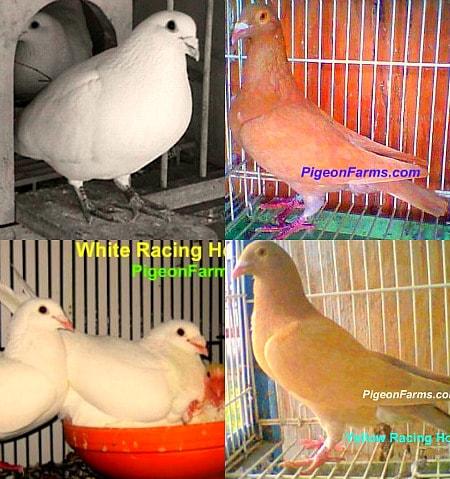
Training
Racing pigeons are housed together in a specially designed dovecote or loft. From about four weeks of age until the end of its racing career, the racing loft is the 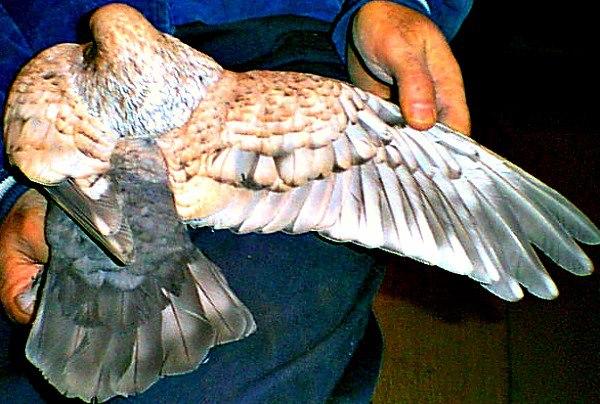
After 22 to 28 days in the nest (depending on the owners preference) the young birds are removed and placed in a section of a large loft or in a smaller loft built for the purpose. After a few days of learning how to locate the water and eating by themselves they are allowed to wander out of the loft and peck around in the garden, while doing this they are constantly observing their surroundings and becoming familiar with them. At about age six to seven weeks the birds will begin taking off, flying in very small circles around their loft and owners house. As their confidence grows they gradually wander farther and farther from home until they are out of sight and can remain so for as much as two hours before returning. When a few trainers fly their pigeons in the same area, these flying “batches” (as flocks of pigeons are called) can number in the thousands. It does not, however, help them much in relation to finding their home from long distances away, a fundamental of pigeon racing. As confident flyers, the young pigeons are taken on progressively longer ‘training tosses’, driven a distance away from their home and released. This method of training is a way to condition the birds mentally and physically to prepare them for the races. This practice of loft flying and tossing continues throughout a pigeon’s career to keep their homing instincts sharp.
There are many ways to train racing pigeons. Similar to the saying as there are many roads to success. Some think that their training is better than others, some imitate the trainers that do well and their results reflect on race days. They do this by becoming mentored by them. Some stay ignorant and find every excuse to be the mean one out of the bunch. Like every sport out there, racing pigeons to is an evolving sport. One of the most popular systems is widowhood. This system uses the birds desire to reproduce as motivation to try to give the bird a sense of urgency on race day. The use of widowhood is usually begun by first allowing the racer to raise a baby in their nest box. After the baby is weaned the hen is removed and often the nestbox is closed off, from then on the only time these birds are allowed to see their mate or enter the nest box is upon returning from training or a race. This conditioning is one of the key elements in a lot of racing programs.
Due to advancements in technology researchers have been able to use small Global Positioning Systems to track the flight paths that their birds follow. Small GPS systems have recently begun to hit the consumer market. Companies like PigeonTrack and GEM Supplements currently sell GPS units for novice to advanced race trainers to use to gather data.
Hazards for Racing Homer Pigeons
As pigeon racing takes place over great distances in the sky, instead of on a racetrack, there are many hazards that could befall a pigeon during racing as well as training. 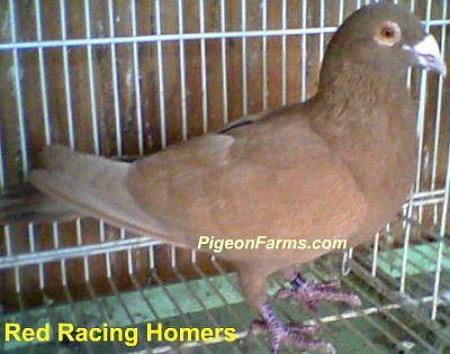
Another hazard that racing pigeons encounter is flying into objects they sometimes cannot see, mostly when flying at high speeds or in darker weather conditions. The most common obstructions are electricity pylons or TV aerials. Pigeon fanciers will often have one of their pigeons return home with wounds or missing feathers from the belly or flanks region.
It is thought that racing pigeons rely on the Earth’s magnetic field to find their way home. Some evidence has surfaced indicating that mobile phone towers may be interrupting the birds’ navigation, although no published research has investigated this theory.
Breeding
Pigeons are sexually mature at about six months of age. However, fanciers will often wait until the pigeon is at least a few months older before breeding. The first egg is 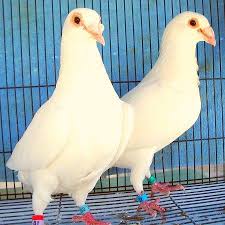
Doping
Doping in pigeon racing is the practice of giving performance-enhancing drugs to avian racers. The drugs are used to produce similar effects to those found in human 
In October 2013, blood samples from twenty Belgian pigeons were sent by the Pigeon Fanciers Association to South Africa for testing. This was the result of an exchange visit by the association to the National Horseracing Authority of Southern Africa. While tests in Belgium had not found traces of any drugs the South African laboratory discovered that six samples contained unusual substances. Five samples were found to include traces of acetaminophen (paracetamol), a widely used over-the-counter analgesic (pain reliever) and antipyretic (fever reducer). The sixth sample was erroneously reported in the press as having shown indications of cocaine use, but the lab reported that it was indications of caffeineusage. As the samples were sent anonymously no action could be taken against the owners of any of the birds.
In 2001 a series of raids across 80 homes led to the confiscation of large quantities of illegal performance-enhancers. Currently, all race winners are tested and over 100 samples were collected and tested in 2013.
In 1995 the Belgian Ministry of Health mandated drug testing in order to protect the welfare of the birds. The sport’s governing body was looking at the possibility of implementing new anti-doping rules for the sport prior to the commencement of the 2014 season.
Racing Homing Pigeon by Region
The Americas : United States
The sport was introduced into the United States about 1875, although regular racing 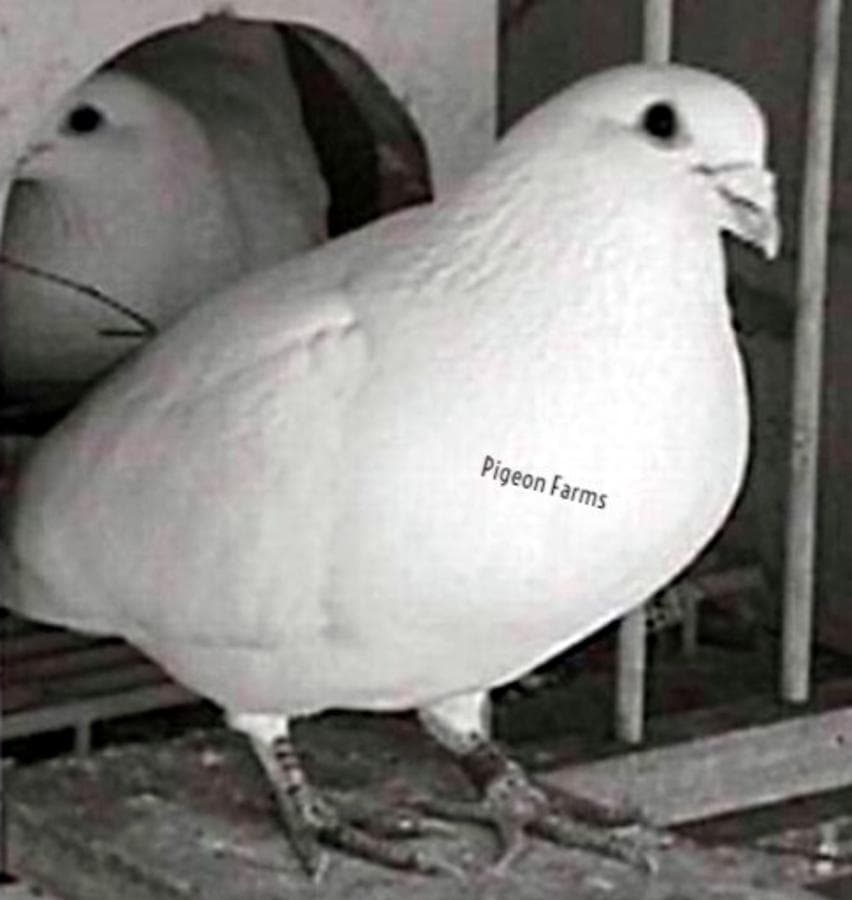
The sport was banned beginning January 1, 2004 in Chicago, but there have been a number of attempts to amend the ban since then (by making exemptions to the ban for members of a national professional organization). Ald. Gilbert Villegas of the 36th ward introduced the newest legislation June of 2018, on behalf of the Polish constituents in his ward, saying the sport is deeply loved in Poland and a number of residents want to bring the sport back to Chicago.
Pigeon racing was particularly popular throughout the twentieth century in the New York City area, particularly in Brooklyn/Coney Island and in Hoboken New Jersey, where it still has devotees. Shady Hills, Florida is home to a pigeon racing club and hosts an annual racing event.
Canada
The sport of pigeon racing has increased in Canada with Pigeon Clubs and Ladies 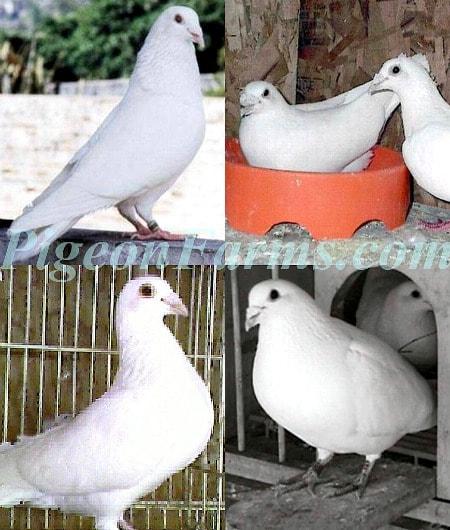
The Canadian Pigeon International magazine is a monthly publication dedicated to the sport of pigeon racing
Asia
Pigeon racing is becoming increasingly popular in parts of Asia, especially India, China, Pakistan, Iran, Philippines, Japan, Taiwan and Bangladesh. In Bangladesh there are 